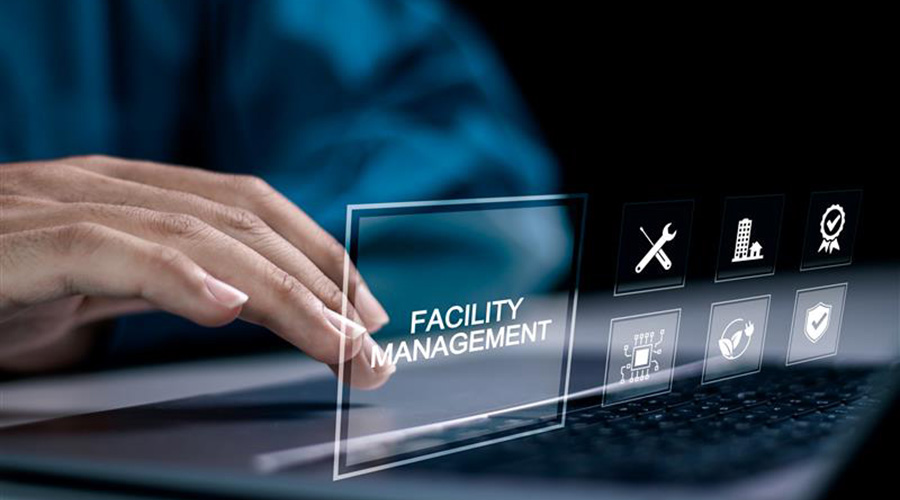Workplace Analytics: How To Mine Big Data To Add Organizational Value
For corporate real estate and facility management professionals, workplace analytics help identify the best use for space for the organization to operate effectively.
These are complex times for corporate real estate and facility management professionals. Continually advancing technology produces a massive amount of data, but a nagging question remains: Is all of it being mined for the optimal benefit of the organization’s facilities? At a conceptual level, corporate real estate and facility management data focuses on the measurement of people activity within a workspace, but that function barely scratches the surface. The rise of workplace analytics provides corporate real estate and facility management professionals with an invaluable tool for calculating the best use of space for the business to operate at maximum effectiveness. The challenge is that many corporations are reluctant to commit to the use of sophisticated workplace analytics. While the reasons vary, they leave corporate real estate and facility management specialists on the sidelines and in a state of what some of them refer to as “intrigue.”
One reason is management’s apprehension about investing in applications that, in some cases, may be viewed by personnel as an invasion of privacy and a litigation threat. An example is the deployment of sensors throughout the workspace to provide data on how busy a particular area has been, who has worked there, for how long, and when the space is inactive. Management should be most concerned about the latter. Yet, unless corporate real estate and facility management personnel are provided with analytics to ferret out and apply the most relevant data, the corporation is wasting one of its valuable assets and, in some cases, losing money on workspace that could be used more effectively.
Emerging Technologies
The traditional role of the corporate real estate or facility management professional has been to manage the organization or corporation’s real estate portfolios because real estate was considered a fixed cost or, at best, a depreciating asset. Unwittingly, organizations acted on the inaccurate premise that physical space, once established, was unchangeable in terms of costs. One reason may have been the low-tech measurement of space usage — for example, clipboard-carrying individuals who counted people in and out of the space. Eventually, the counting process progressed somewhat with the use of badge swipes and infrared technology. Also, companies began relying on programs such as Outlook, which were an improvement but presented their own limitations. In this case, ease of use and capabilities were either unavailable or not updated. Outlook was also found to be time consuming — something technology is supposed to alleviate.
Technology in general and analytics in particular are playing a major role in the changing attitudes of corporate real estate and facility management professionals and their understanding optimal space use. Development of sophisticated analytical programs spurred a corporate real estate and facility management teams to put greater emphasis on crafting strategic planning for best use of the organization’s assets. Among the first to recognize the importance of analytical programs were logistics and banking organizations, which have access to enormous amounts of data. In these high-transaction environments, numbers crunching and the resulting data are applied to decision making, such as credit and risk management and cost analysis that includes operational efficiency and inventory control.
It did not take long for the power of analytics to be applied to the domain of corporate real estate and facility management and change the focus of workspace usage from perception to reality. Instead of low-tech measurement, corporate real estate and facility management professionals with access to workplace analytical platforms can tap into concrete data. This real-world information shows how each space or asset performs. In turn, it enables management to make sound programming decisions.
From Place-Based to People-Based Analytics
The development of place-based analytics is important in the corporate real estate and facility management environment. That’s because it clearly defines how space is utilized at a particular time. Just as important, the data provides corporate real estate and facility management with an accurate picture of where people are and when they use or require a particular space. Also, place-based becomes people-based when the analytics reveal patterns and trends in the way people meet with each other. Here, organizations can rely on integrated platforms with practically limitless potential. One example is the capability to promptly and efficiently facilitate meetings in terms of location, space availability, timeliness, and occupancy.
The unnecessary expense of time that had been required to allocate the proper space for the work to function is unacceptable. Workspace is a strategic asset that requires cost-efficiency for maximum functionality. A seemingly simple desire to select a suite of spaces to support meetings may be costing the company unnecessarily without data analytics to justify the decision. A better alternative is to focus on agile strategies that leverage the right amount of space for each purpose. It’s data-based analytical programming for the best usage of space as warranted.
Related Topics:














